
Diagnosing Problems with a Vacuum Gauge
Mark SimpsonA vacuum gauge is a valuable tool in diagnosing problems with your car. From poor performance to bad braking, the vacuum gauge can help you find the root of many problems. Mark Simpson demonstrates how to perform an accurate engine vacuum test.
Share tips, start a discussion or ask one of our experts or other students a question.
Make a comment:
Already a member? Sign in
3 Responses to “Diagnosing Problems with a Vacuum Gauge”
Explore videos by Mark Simpson
You may be interested in
Premium Membership
Unlock exclusive member content from our industry experts.
- 24/7 Access to Premium Videos, Tips, and Techniques
- Step-by-Step Instructional Demos, Guides, and Tutorials
- 50% Off Video Downloads Purchased in the Classic Car Restoration Shop
- Access to Ask the Expert Program
Unlock exclusive member content from our industry experts.
- 24/7 Access to Premium Videos, Tips, and Techniques
- Step-by-Step Instructional Demos, Guides, and Tutorials
- 2 Full-Length Video Downloads to Watch Offline
- 50% Off Video Downloads Purchased in the Classic Car Restoration Shop
- Access to Ask the Expert Program
Gold Membership
$304 Value
Get everything included in Premium plus exclusive Gold Membership benefits.
- 24/7 Access to Premium Videos, Tips, and Techniques
- Step-by-Step Instructional Demos, Guides, and Tutorials
- 10 Full-Length Video Downloads, added to your account, to Watch Offline
- ‘Wheel Bolt Circle’ Downloadable Guide, added to your account
- Discounts on Purchase-to-Own Content in the Classic Car Restoration Club Shop
- Access to Ask the Expert Program
Get exclusive premium content! Sign up for a membership now!
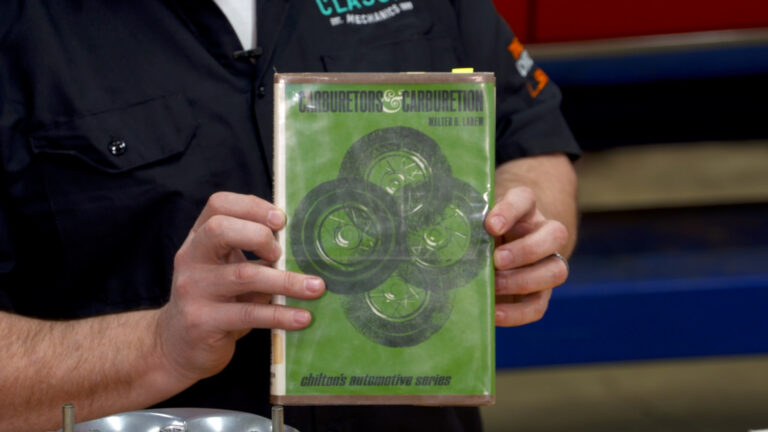
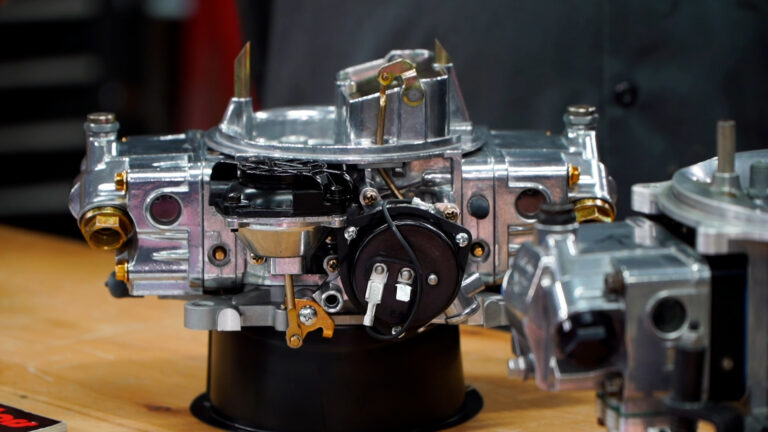
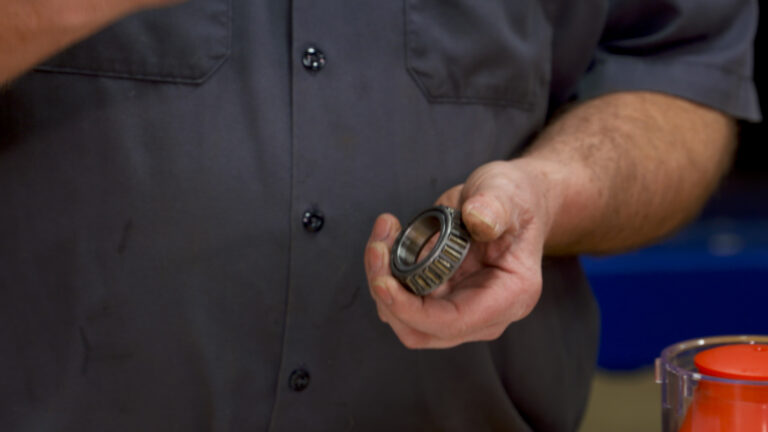
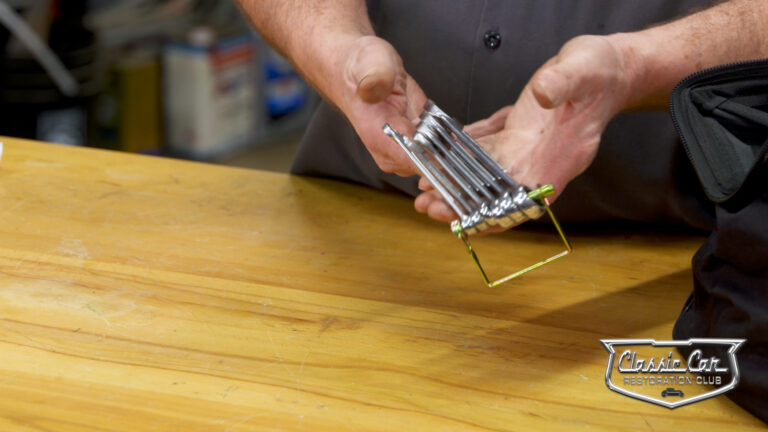
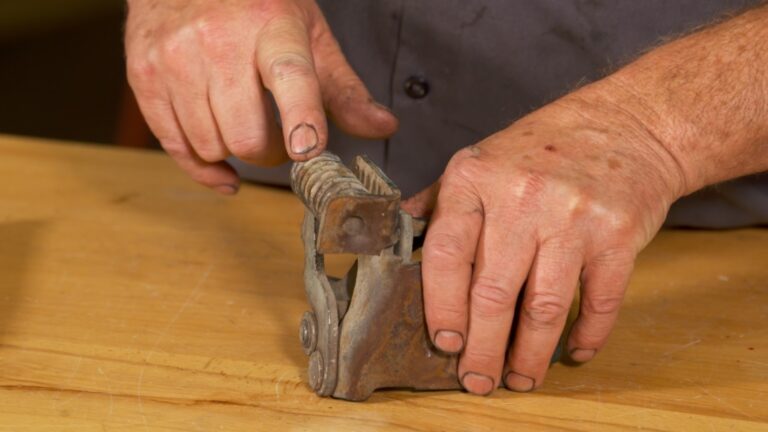
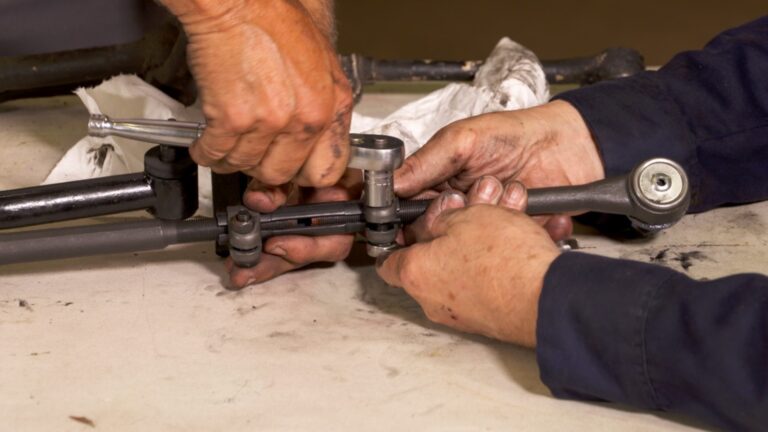
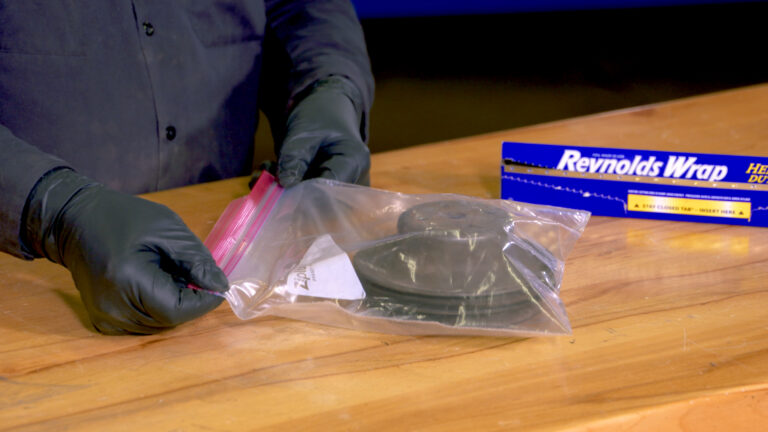
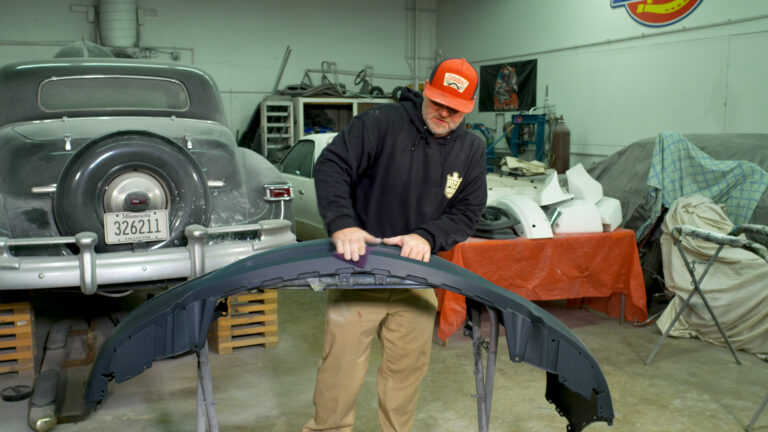
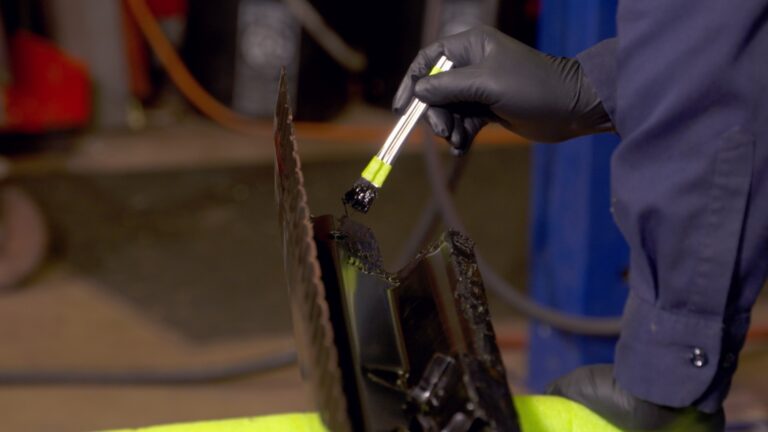
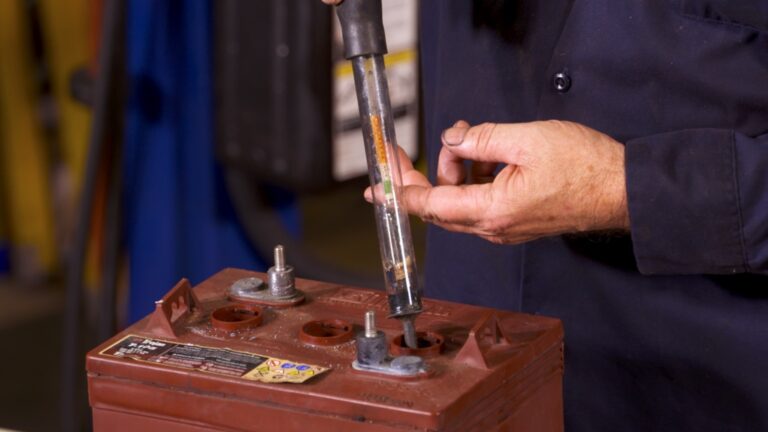
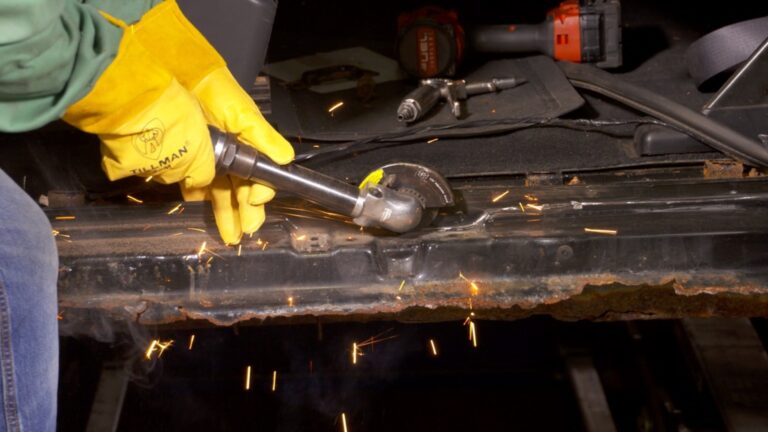
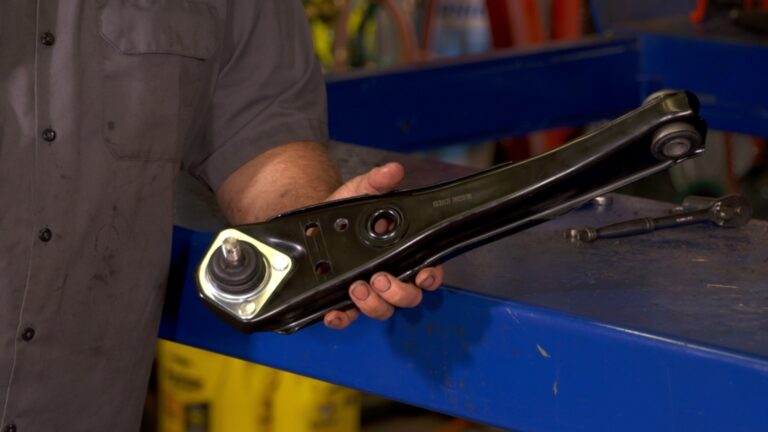

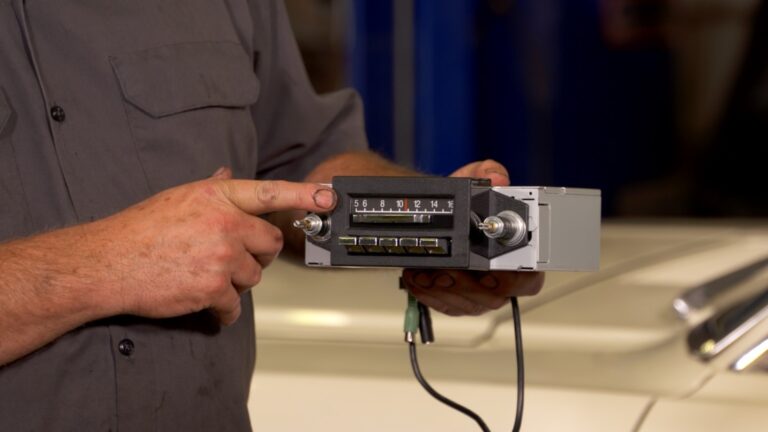
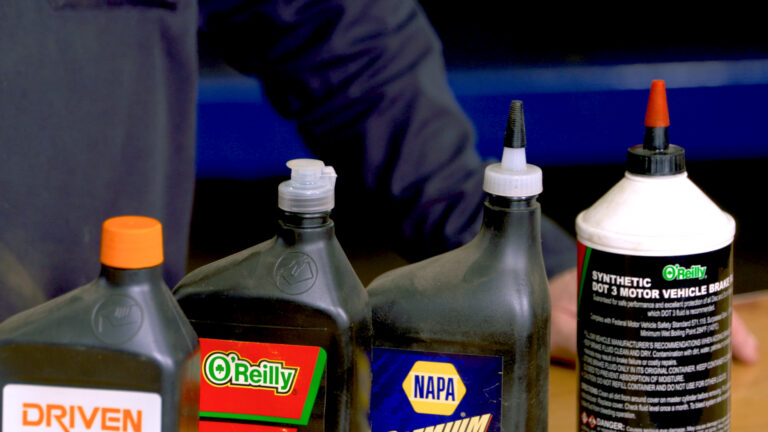
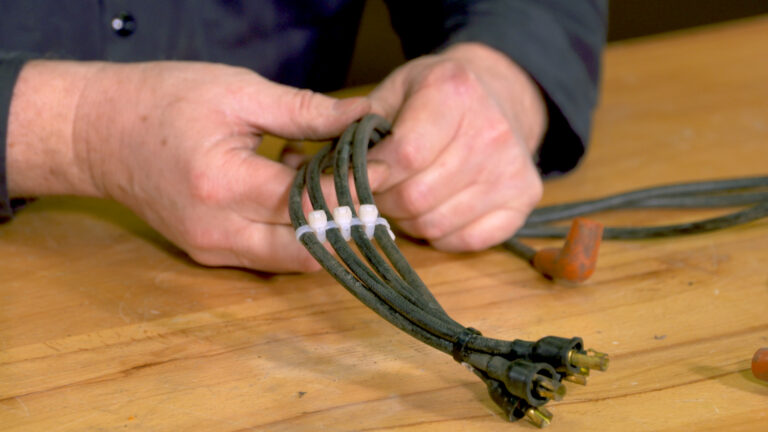
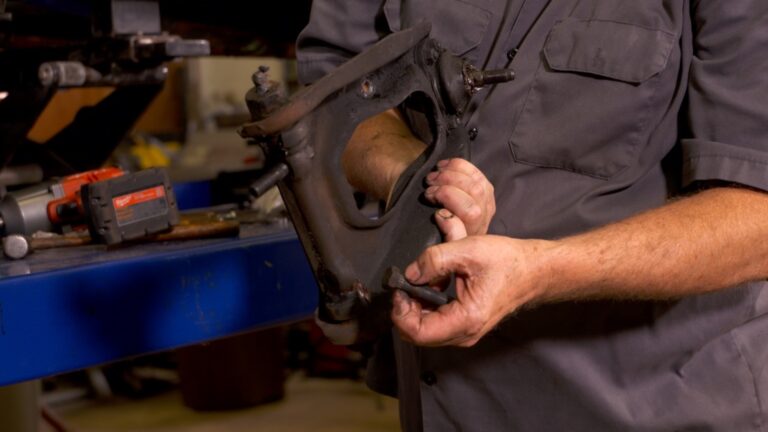

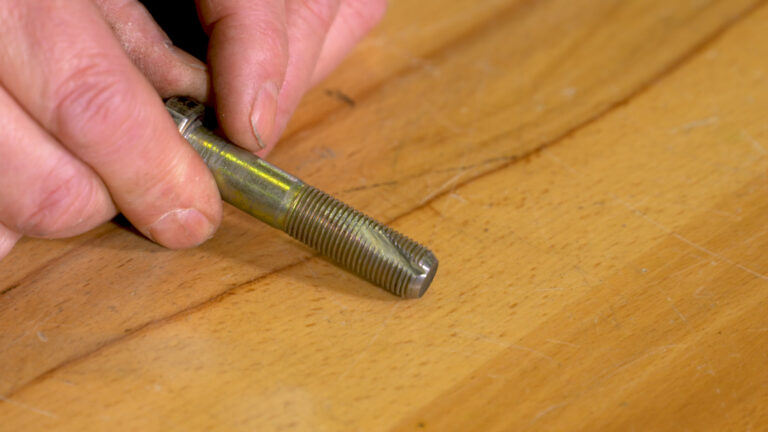
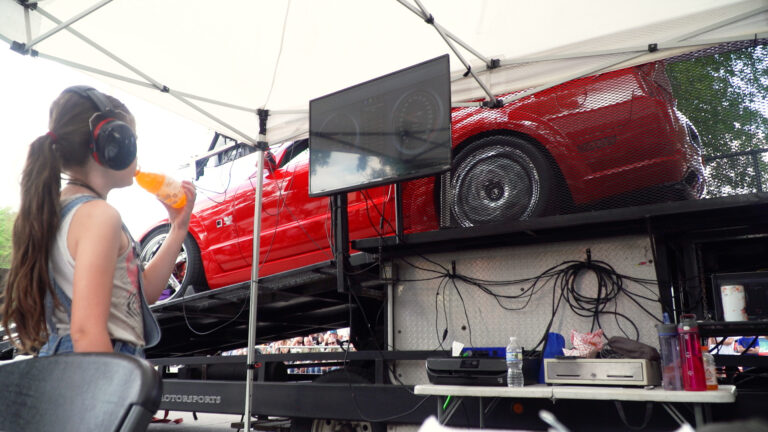
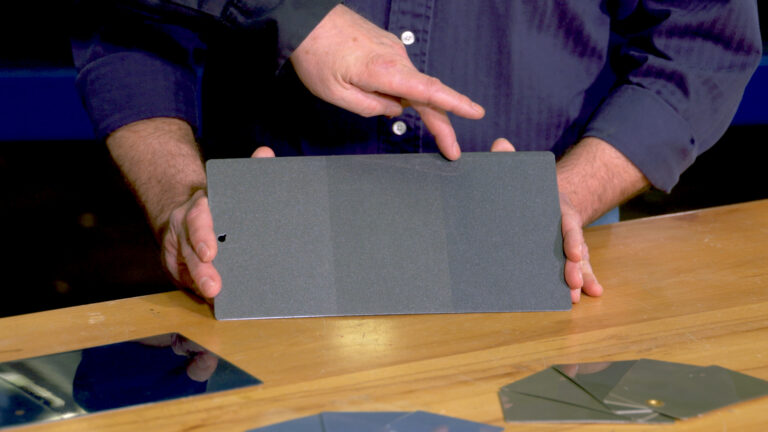
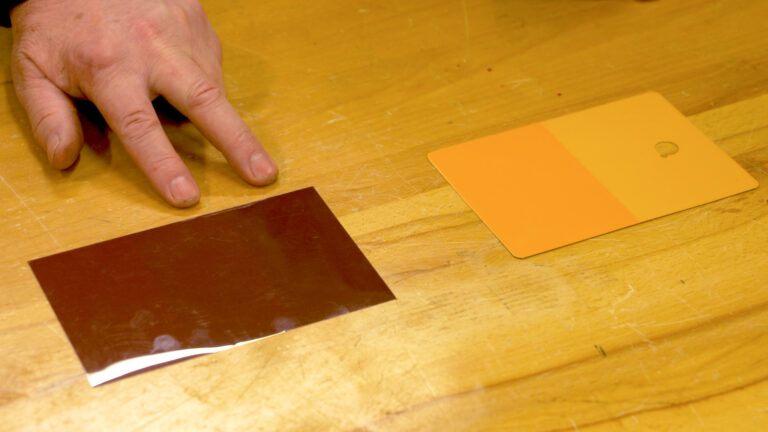

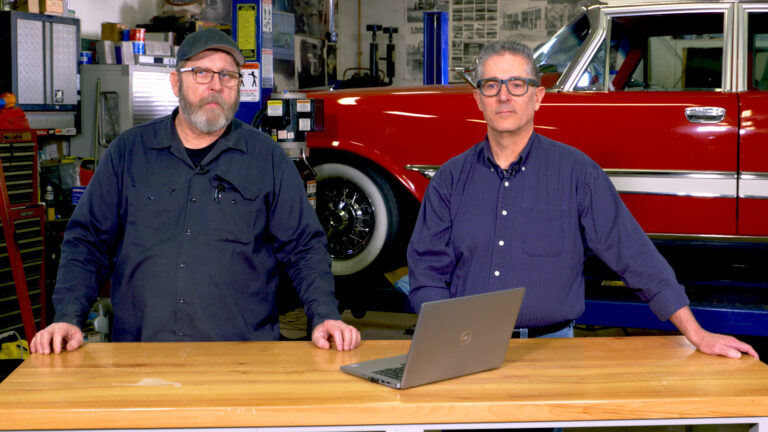
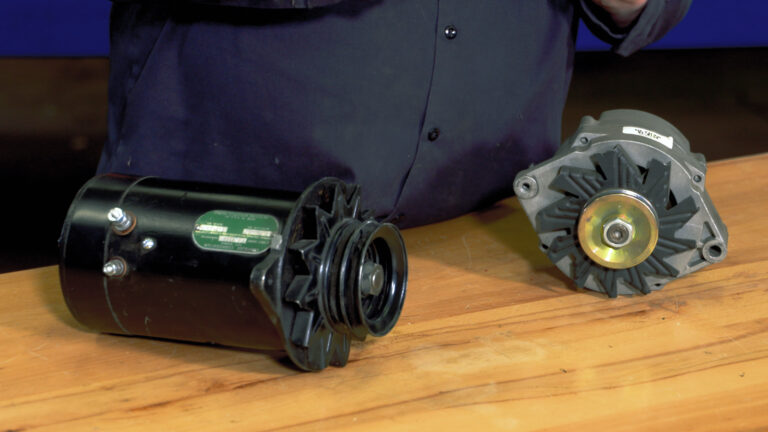
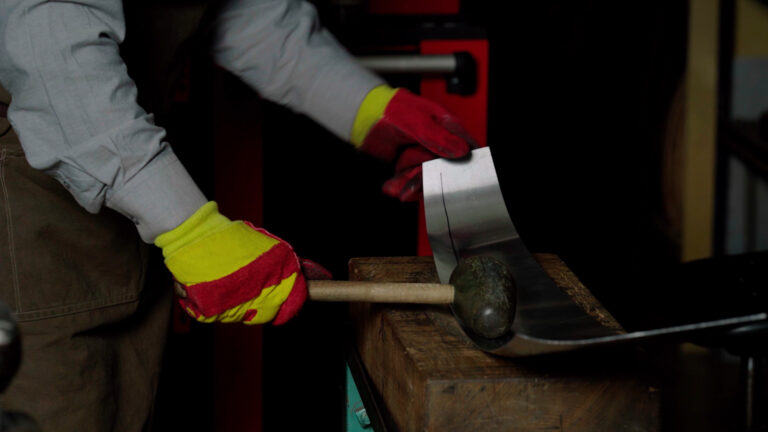
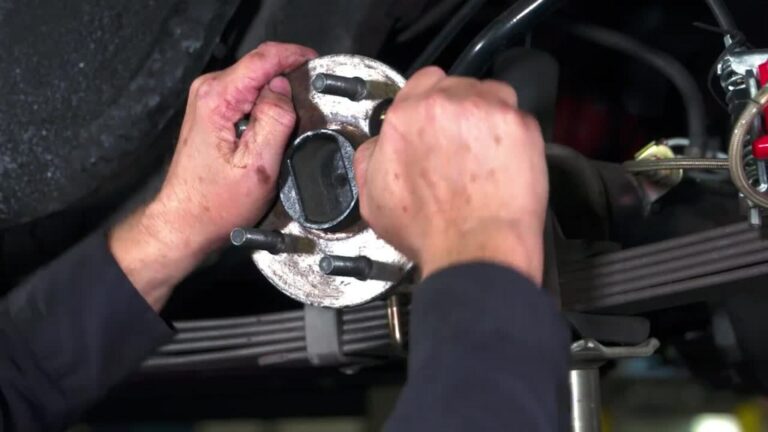


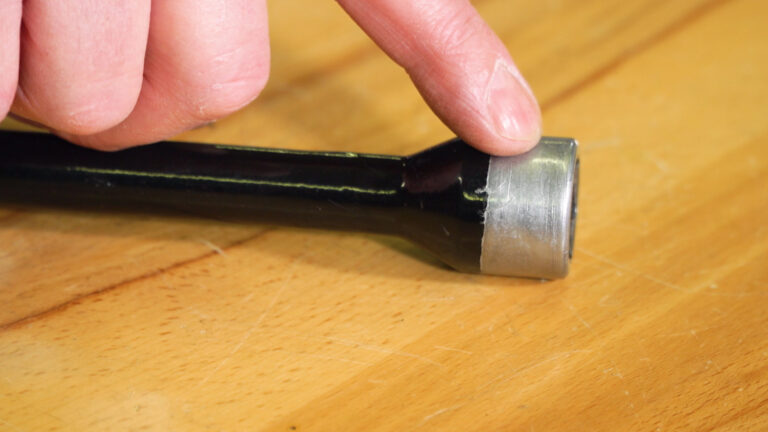
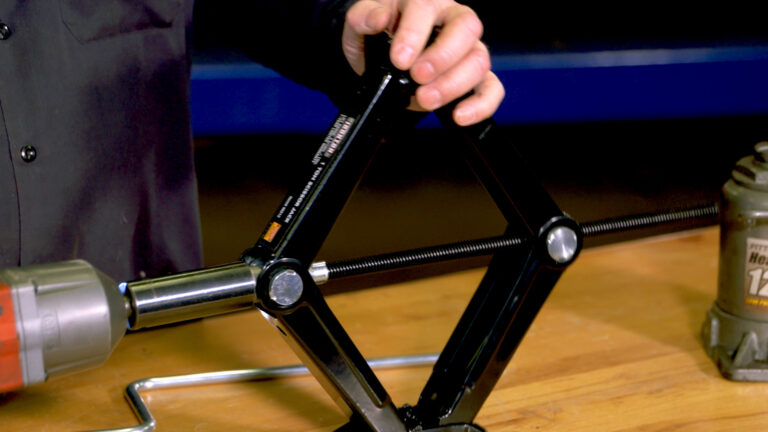
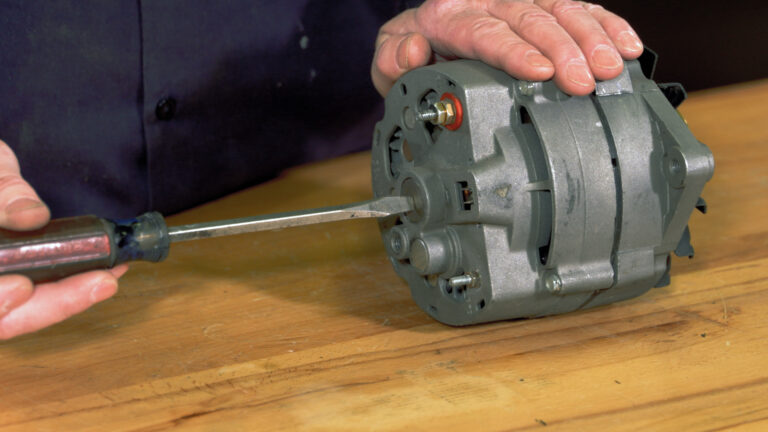
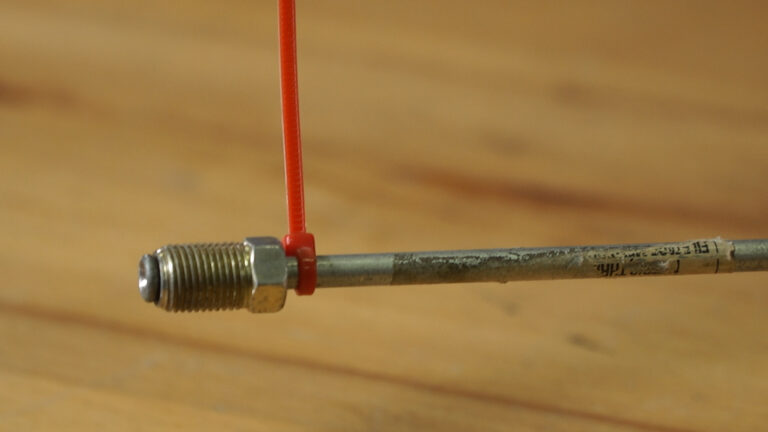
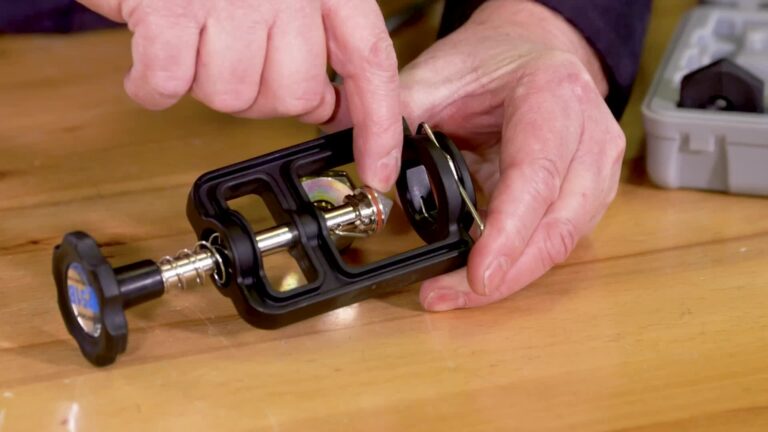
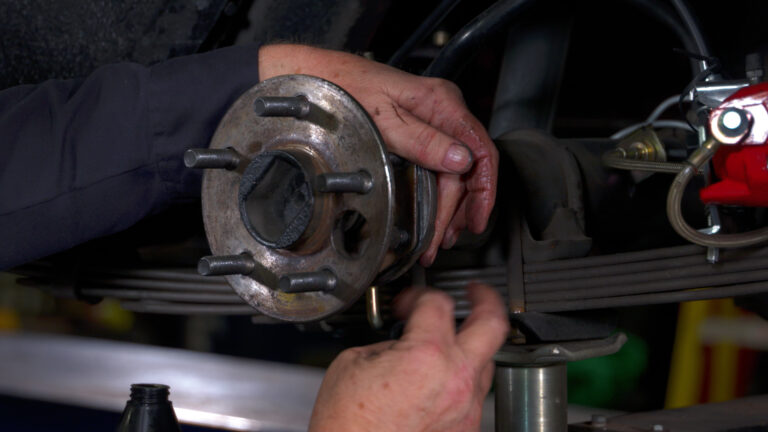
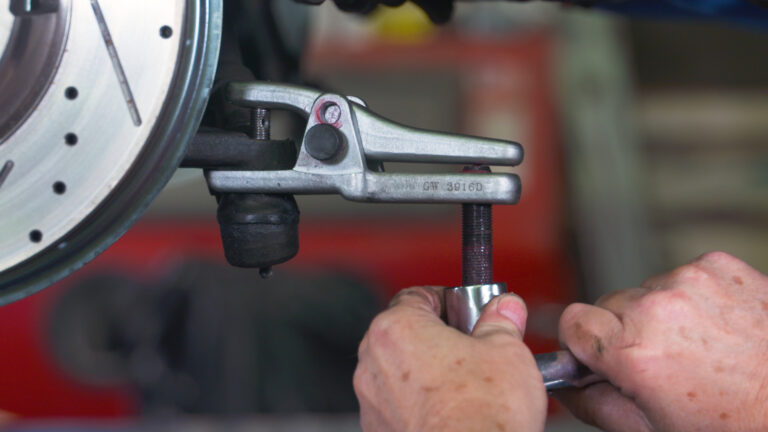
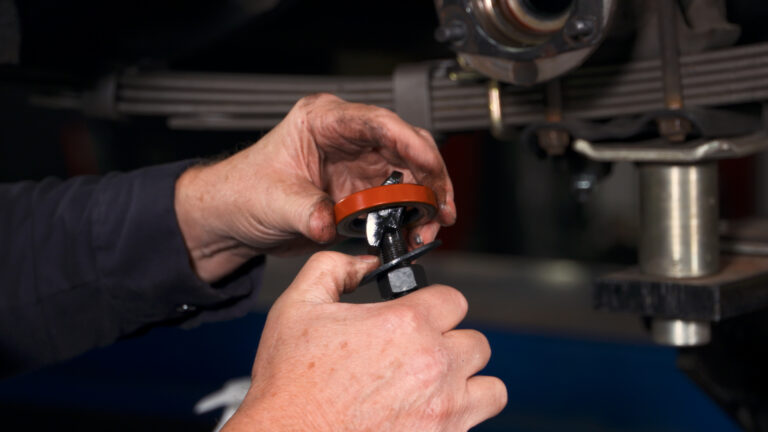
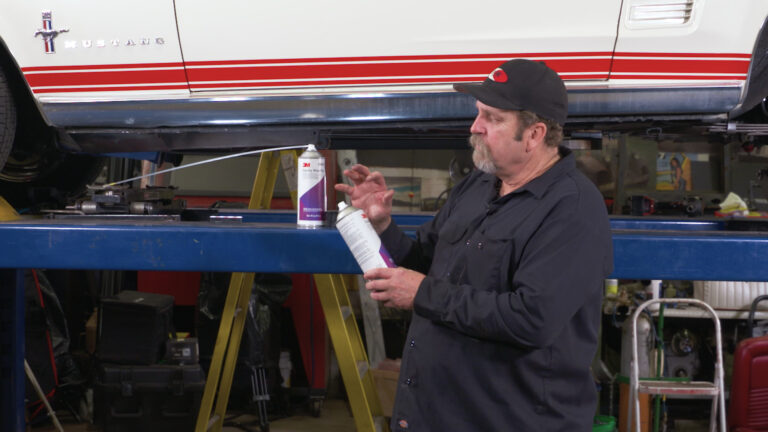

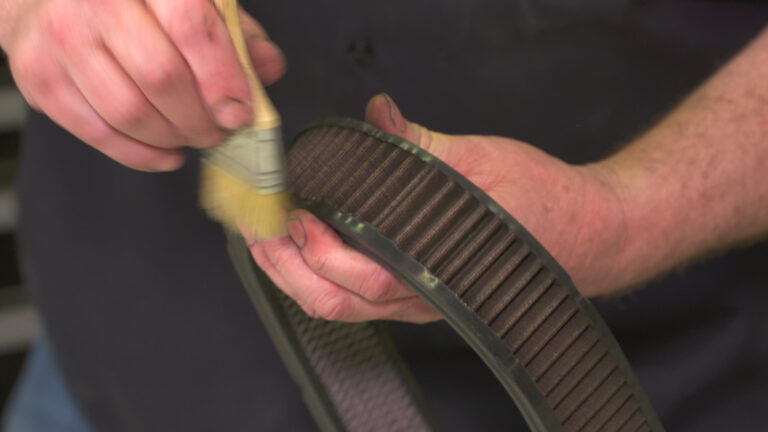
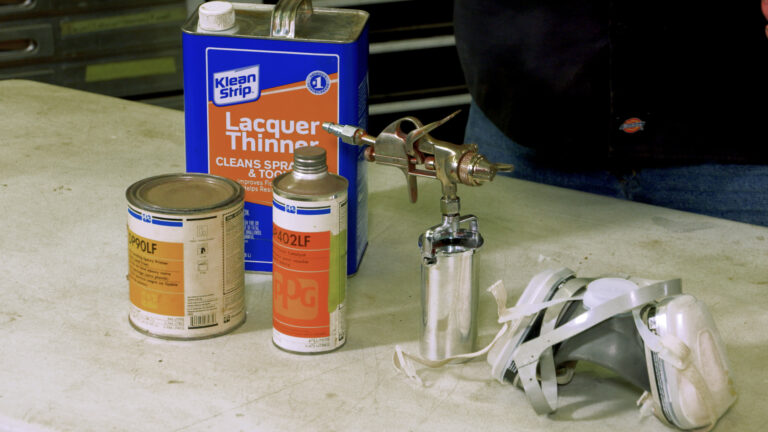

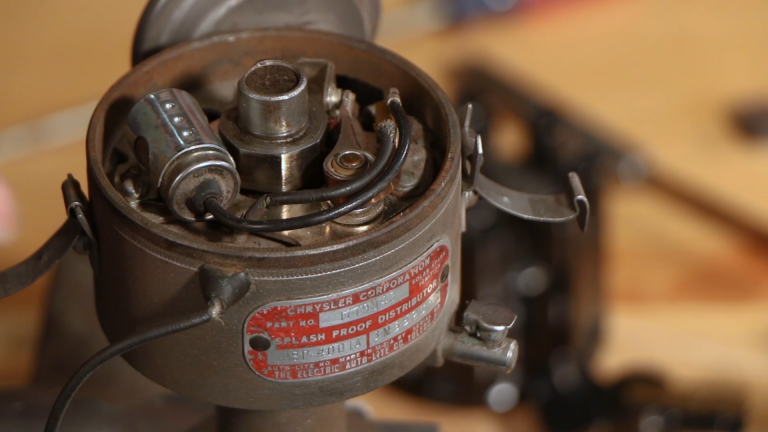
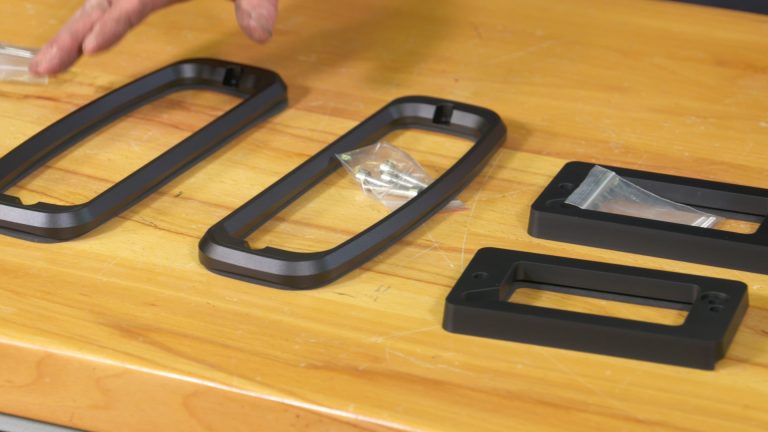
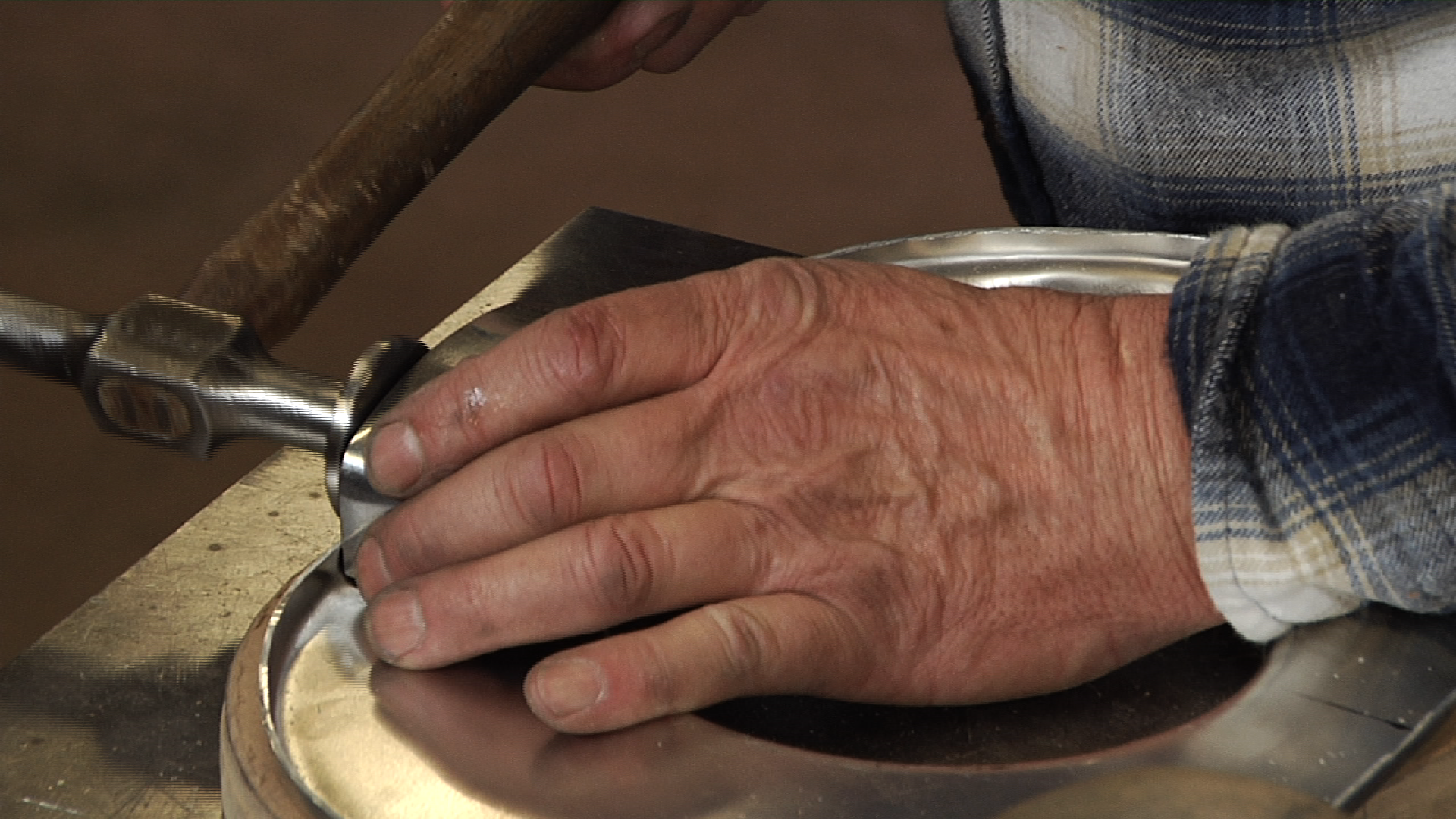
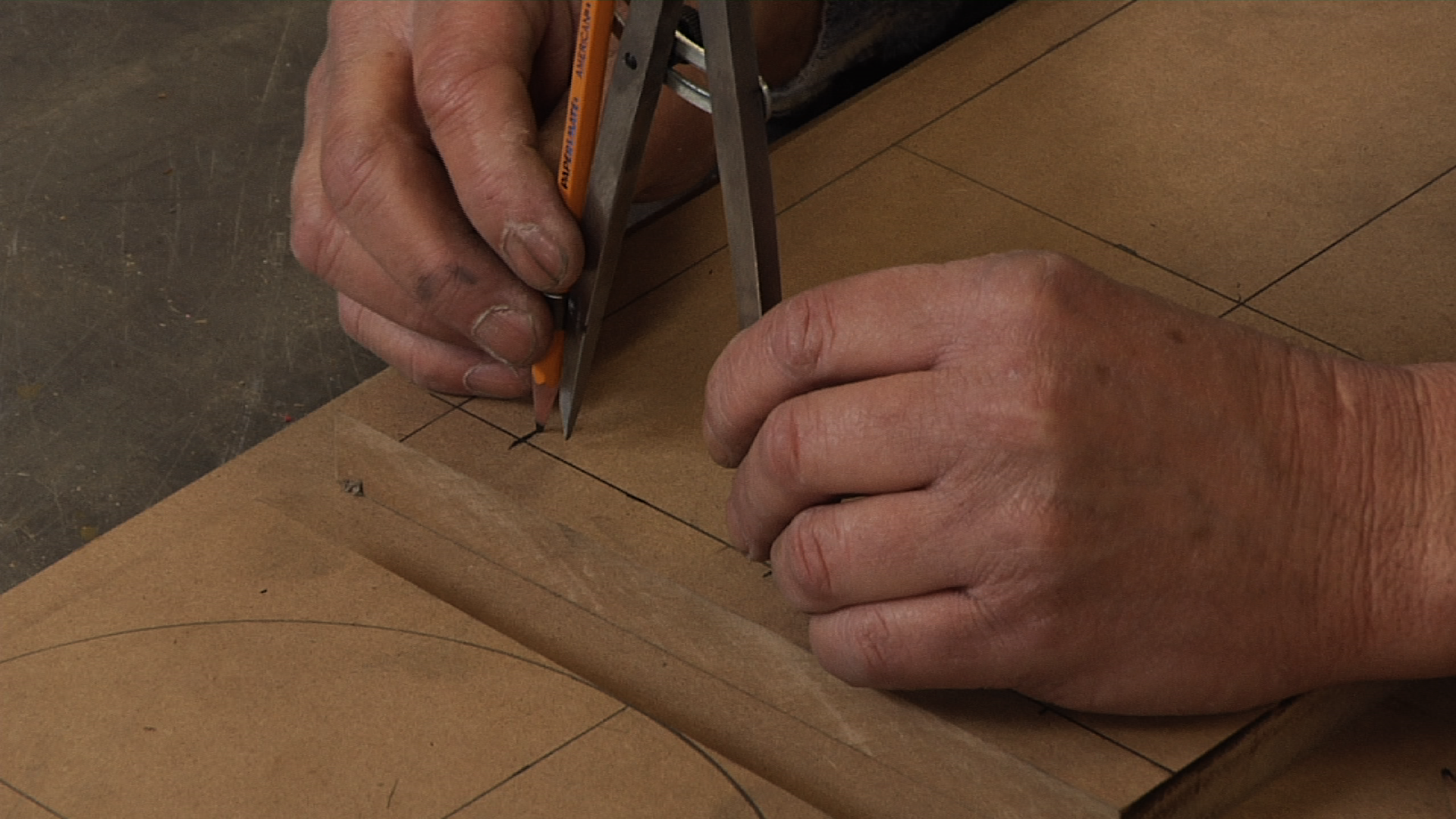
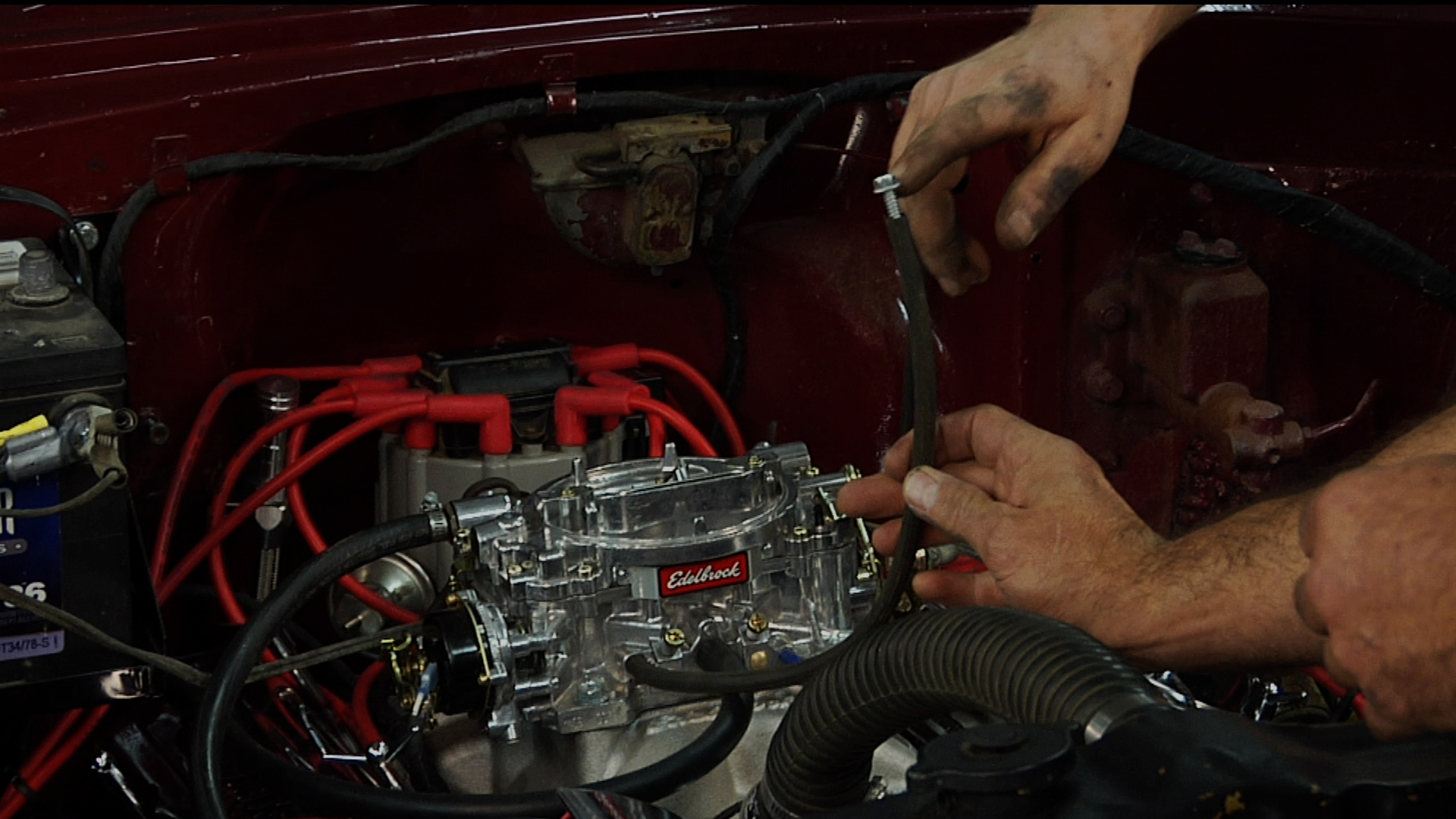

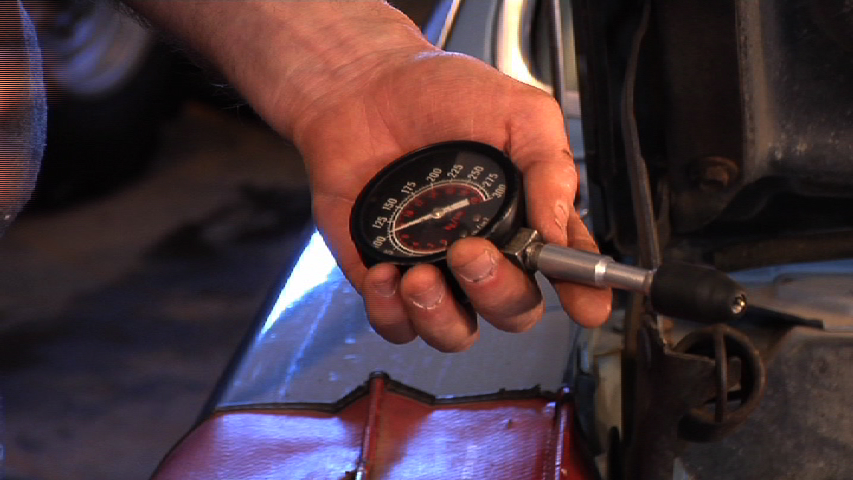
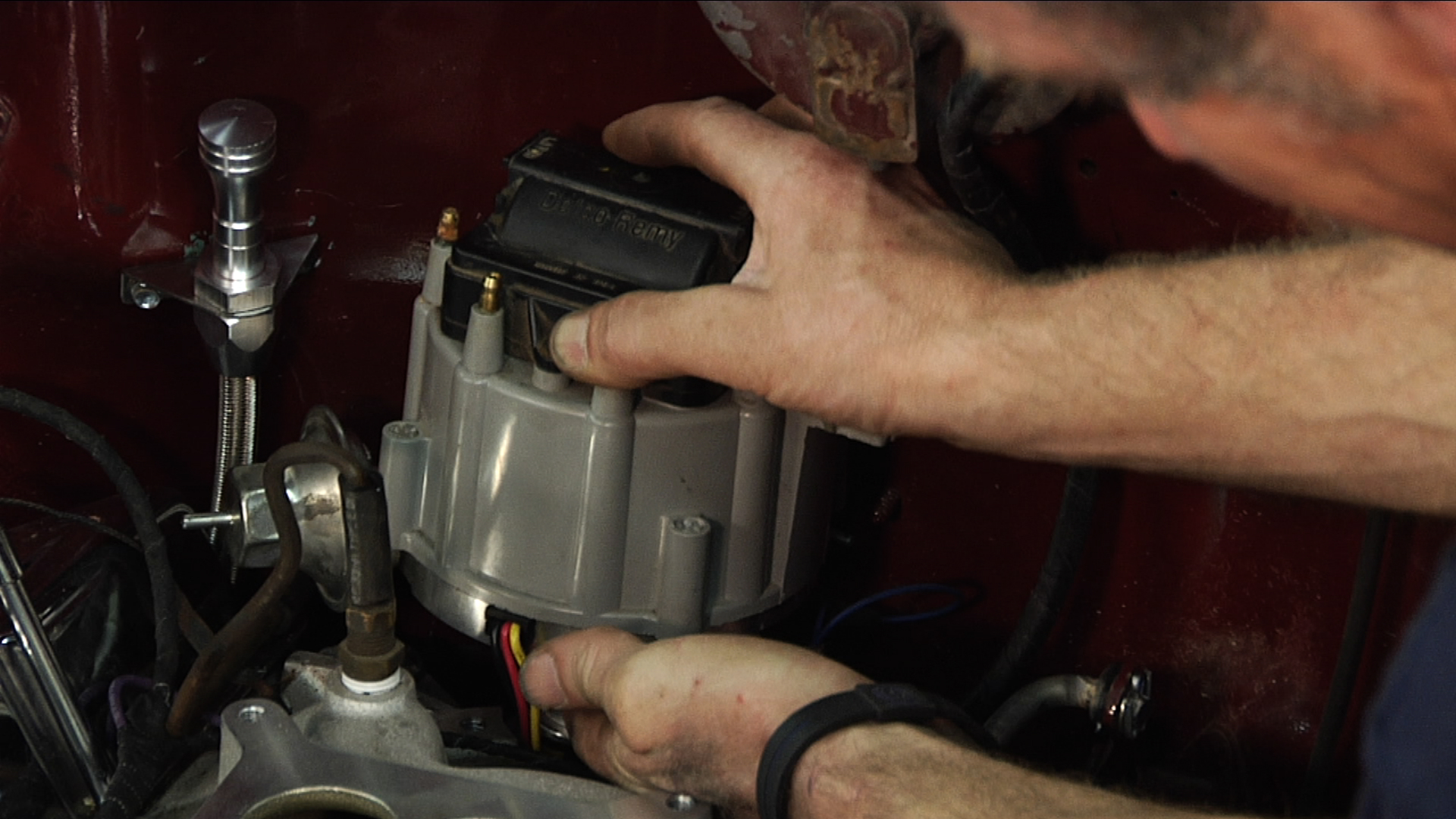
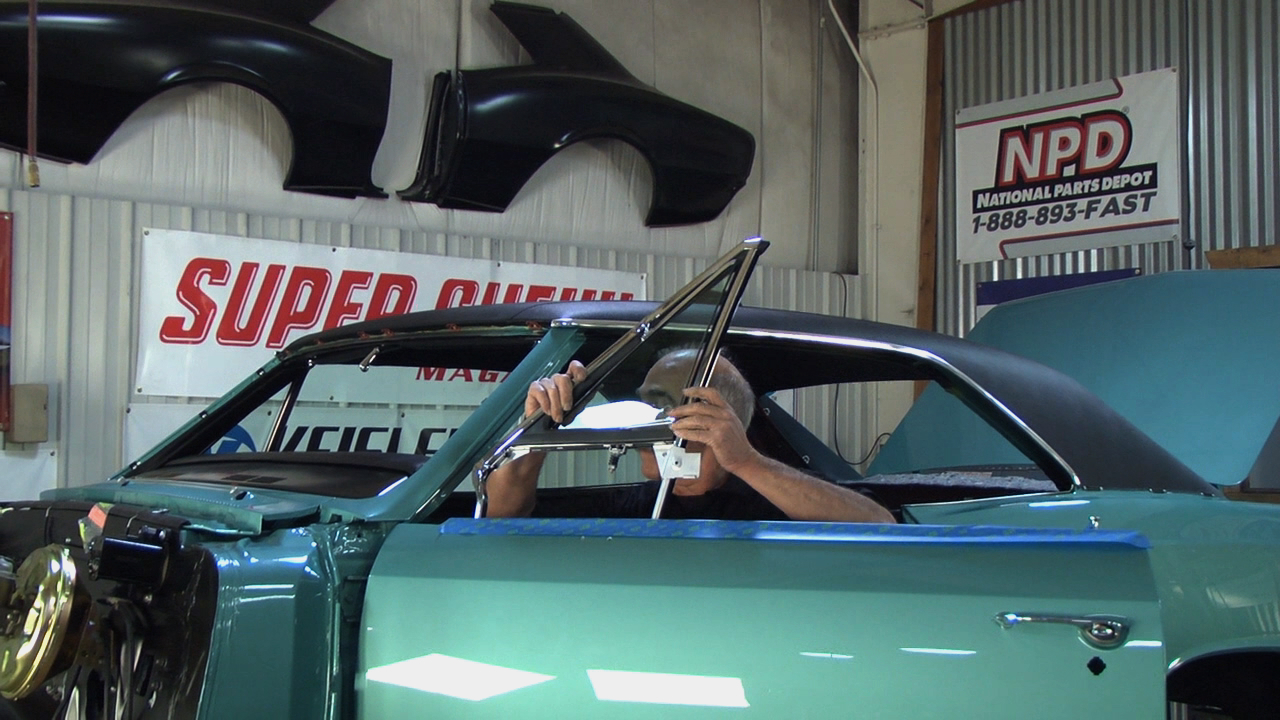
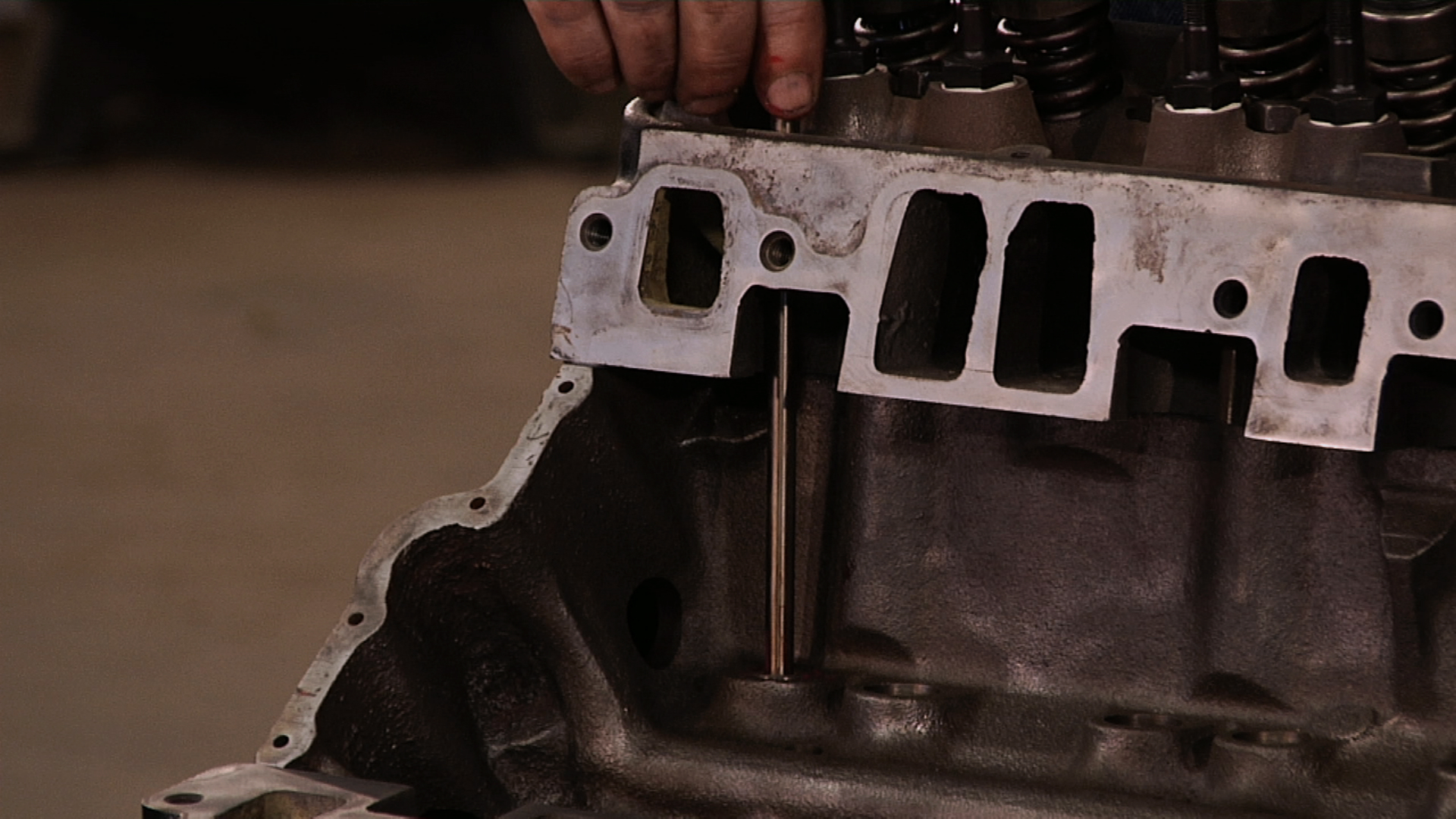

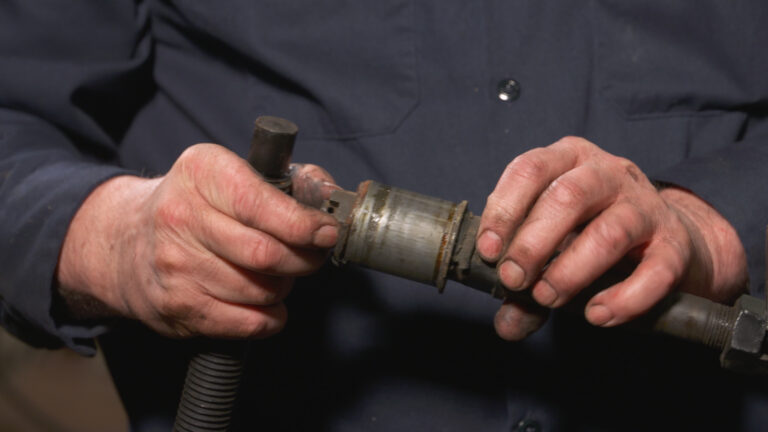
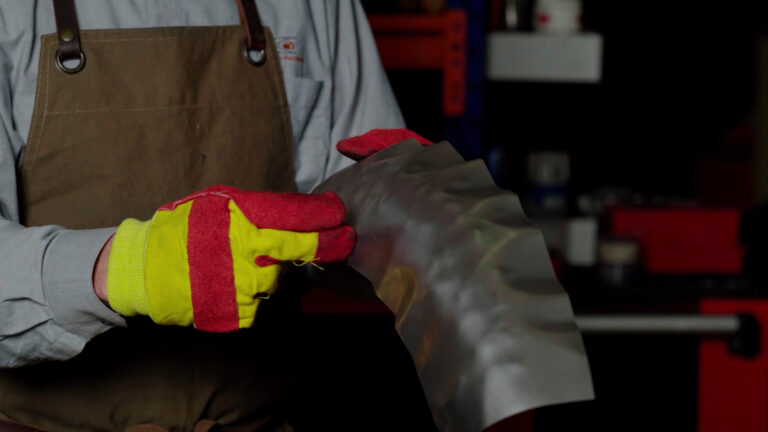
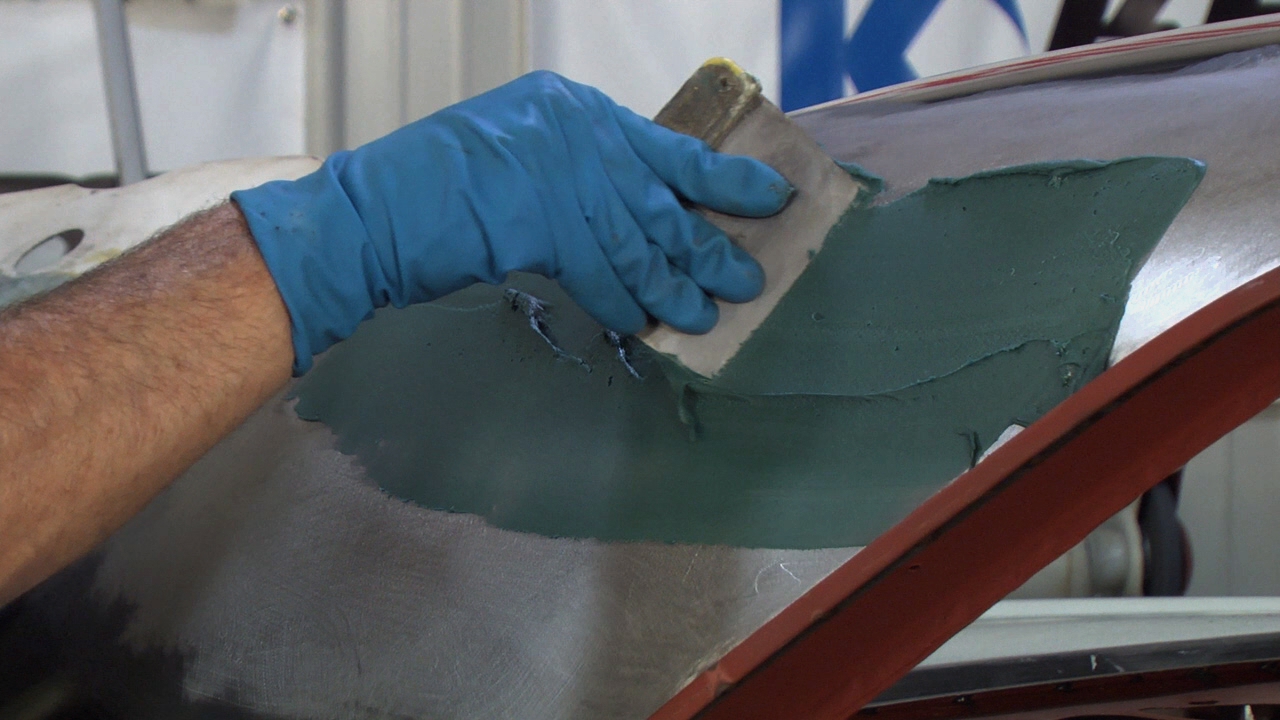
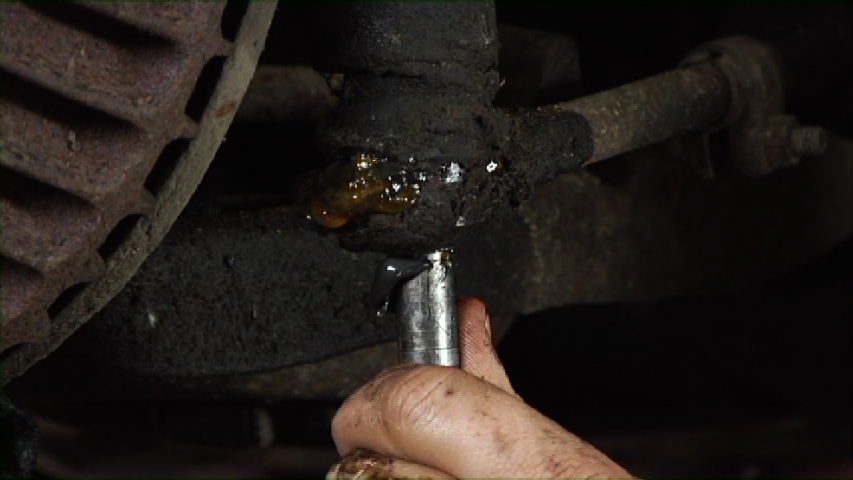
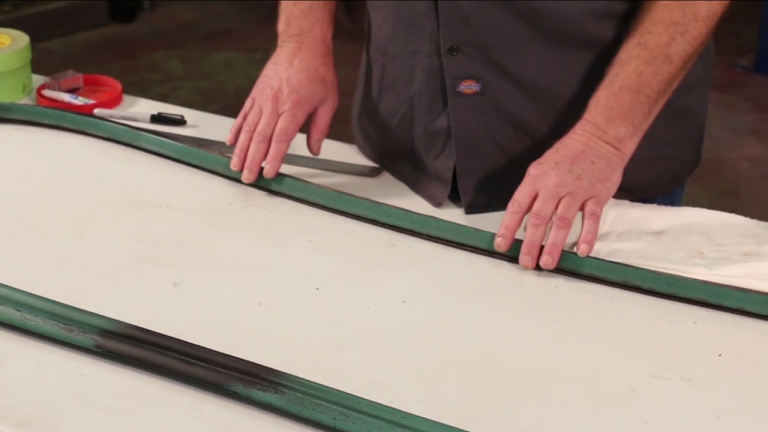
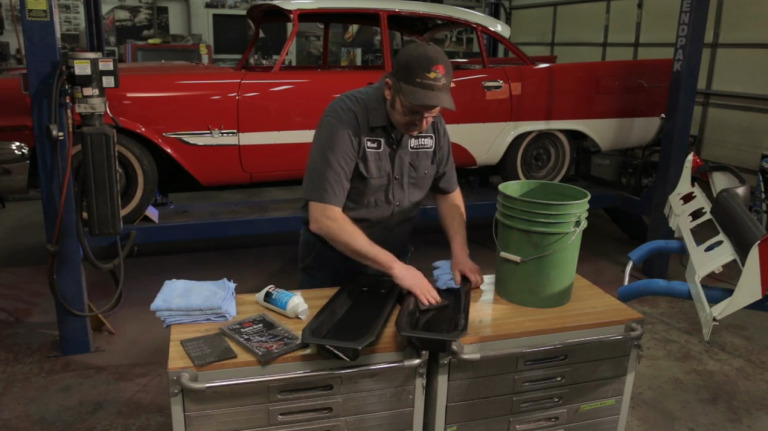
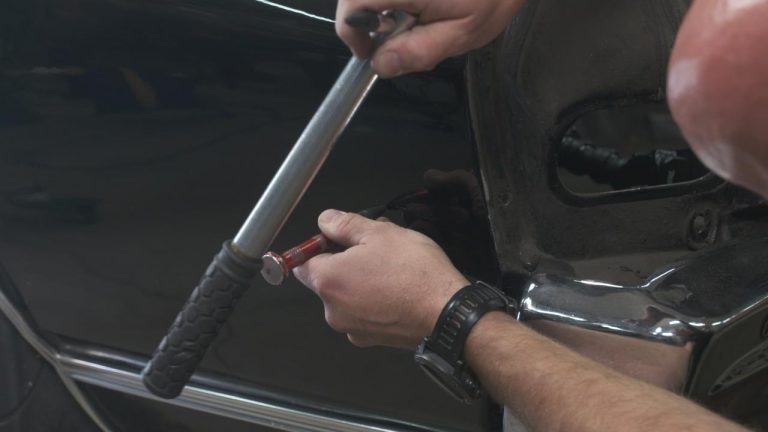
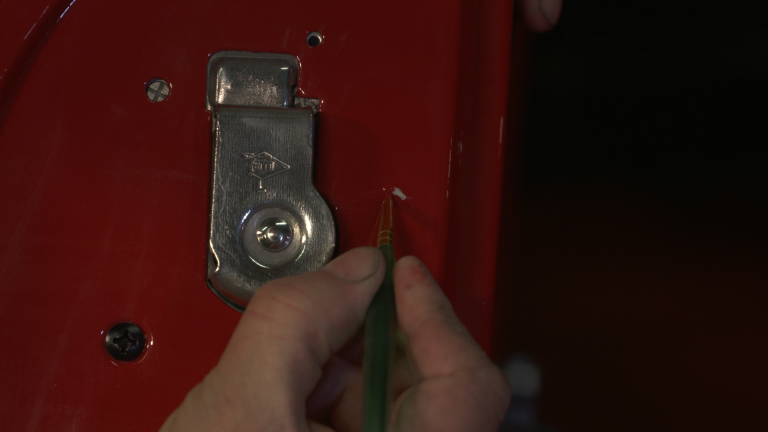
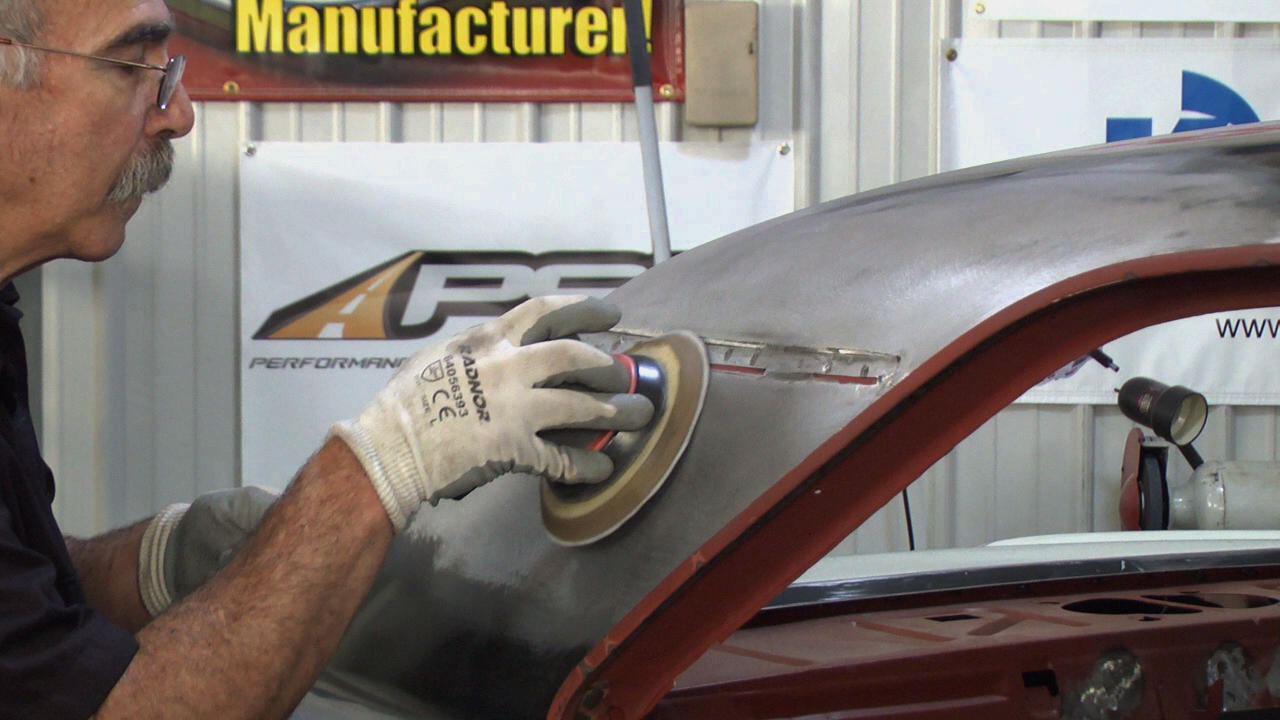
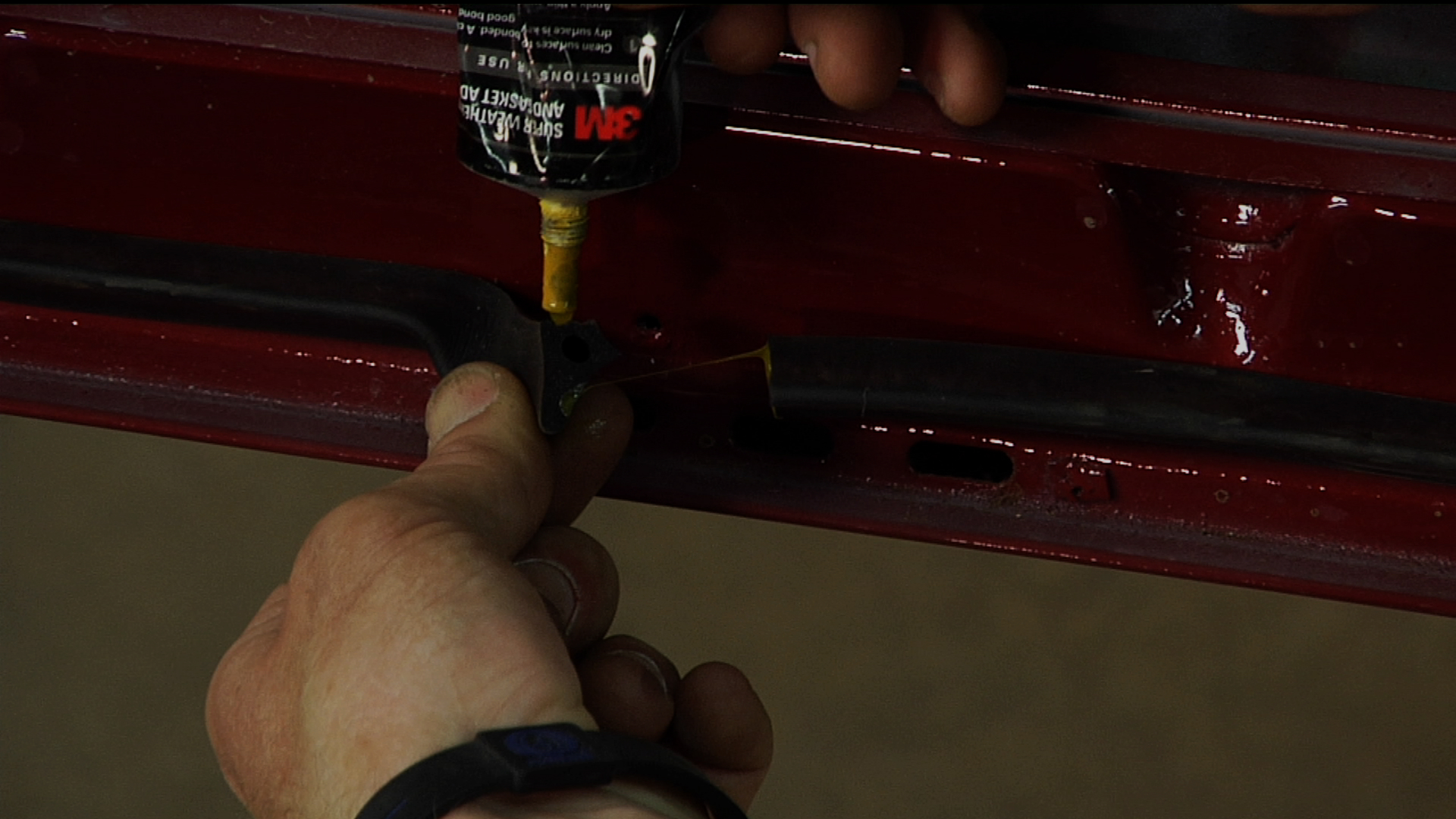
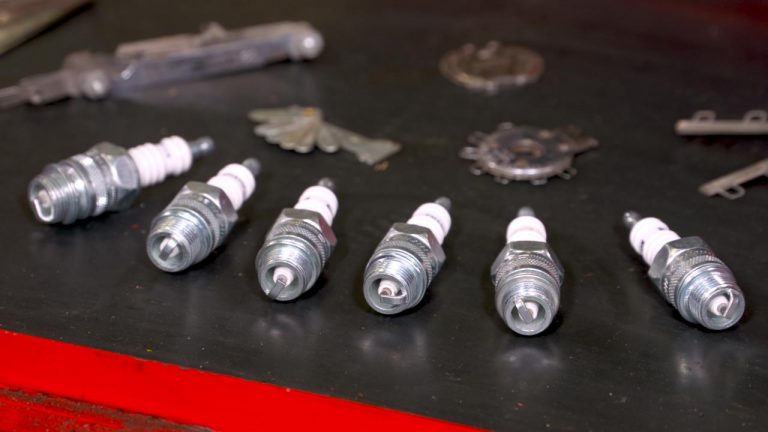

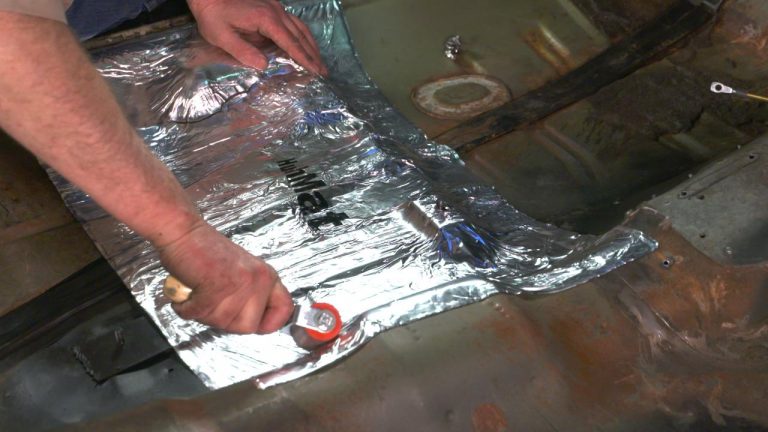
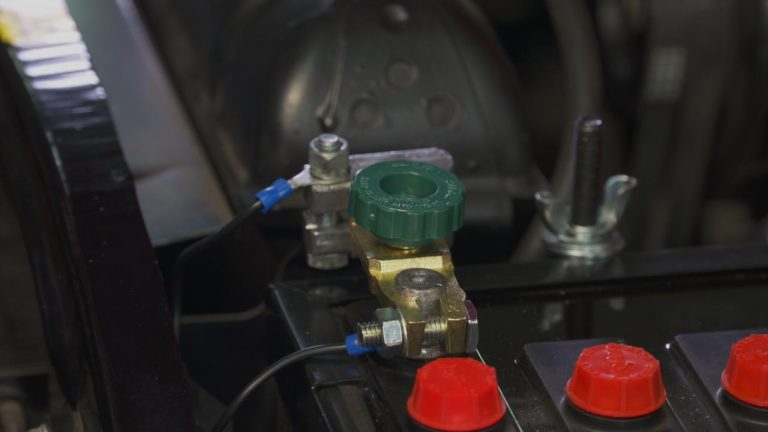
Good video and nice chart. Downloaded the chart and printed it out. Going to have it laminated.
What about a flathead Mercury motor, master cylinder is under floorboard?
Shouldn't the needle be steady? It looked in the video as if it was shaking a bit. I am in the process of testing mine and at the beginning mine was shaking as well, but I had most of the vacuum hoses connected. Then my friend recommended to test it again after caping some of the vacuum ports and I got a steady reading.